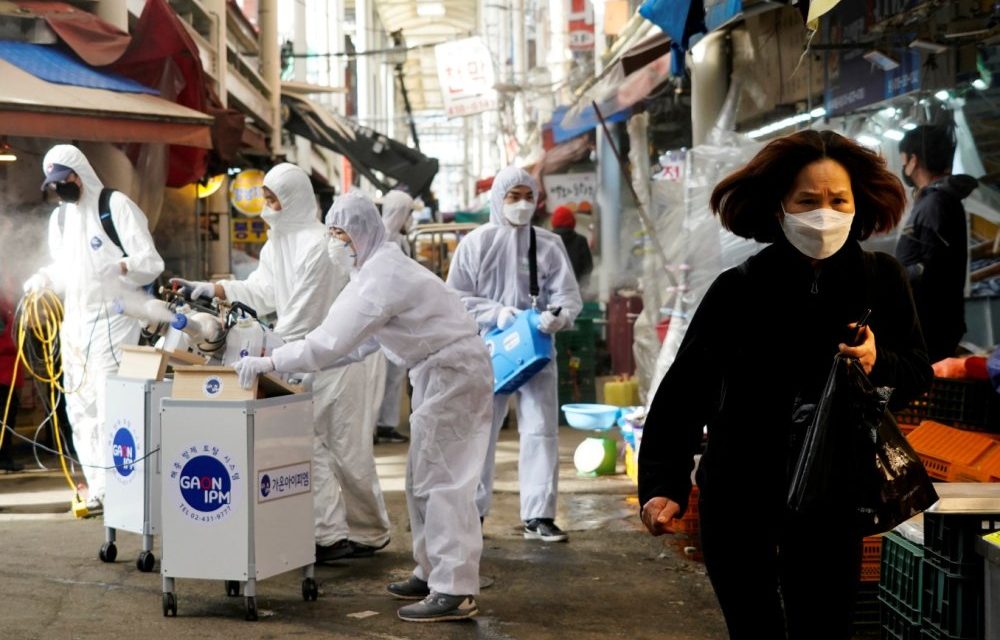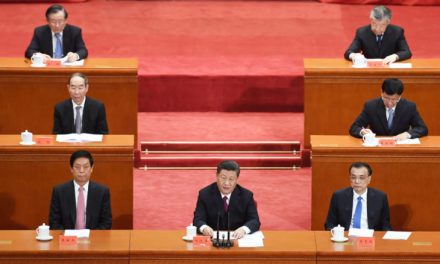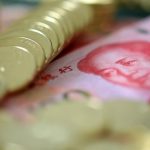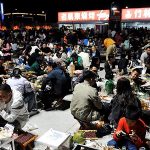– – Wednesday, June 16, 2021
he COVID-19 pandemic and the 2021 national census have raised concerns over not just the alarmingly aging population of China but the utterly deficient health infrastructure and medical facilities as well.
The 2021 census revealed that “190.64 million people, or 13.5 percent of China’s population, are 65 years or older, a sizable increase from 8.9 percent in 2010”. When the age bracket is lowered to 60 and older, there were 264.02 million people, representing 18.7% of the population, up from 13.26% a decade earlier. Overall, the average age in China is 38.8 years old.
Six provinces of China have the maximum aging persons, with over 14% of the population over 65. They are: Liaoning (15.17%), Sichuan (14.17%), Chongqing (14.1%), Jiangsu (14.03%), Shanghai (14.3%), and Shandong (14%). Census projects estimate that the average proportion of 65-plus in these provinces will reach 30% by 2050.
That shows how deeply the aging population has affected the demand for elderly care services. These costs “are projected to grow from about seven percent of the country’s GDP to more than 25 percent by 2050,” according to Caixin Media, a Chinese media group.
Ning Jizhe, the head of China’s National Bureau of Statistics, said while releasing the data: “Aging has become a basic national condition of China for a period of time to come.” That, in sum, is the root of the CCP’s worries.
The big rise in the aging population is already raising the demand for unprecedented investments in the country’s health and elder care industries. The pandemic anyway prioritized health care for China in 2020 after it exposed the gaps in the system. The data of the aging population acts as an additional pressure to spur the government to invest more and at once
China’s public elder care facilities are not up to standard and those who are employed with purchasing power depend on private elder care services for the long-term facilities for their parents and grandparents. The more the population ages, the more is also the demand for health tools, ranging from the pharma sector to medical appliances and devices and disability equipment.
Chinese health care analysts, anticipating another wave of COVID-19, suggest: “The coronavirus has still not been eradicated and is expected to return next winter. This means immediate service delivery will remain the Chinese government’s priority in the short-term. Once the current crisis is overcome, however, there will likely be an accelerated process of identifying which gaps to invest in the Chinese healthcare system”.
In this century, China first woke up to the fact that it needs to invest in health care systems after the SARS outbreak in 2003. Till then, medical facilities were strictly urban-centered and quite basic in the countryside. The super specialty services were in the private sector in the big cities and highly expensive. The SARS spread exposed these shortcomings not just about medicine and diagnostic services, but also in areas like medical transparency, surveillance of infectious diseases, investing in public education and setting up disease control centers.
The Chinese government is currently undertaking a similar exercise after the first couple of waves of COVID-19. Preliminary reports suggest that hospitals in different regions suffer from a range of deficiencies. A report says: “In China, large and better-resourced hospitals are responsible for a disproportionate share of service delivery. Just eight percent of hospitals care for over 50 percent of all patients.”
It is now learnt that the per capita doctor presence per 1000 population is absolutely low. China roughly has 1.8 physicians per 1000 people. The problem is more acute when it comes to general practitioners and specialists. Only about half of China’s doctors have a bachelor’s degree, showing that there is a substantial skills deficit in the sector, according to a WHO report.
The Chinese government was shocked to realize that in Wuhan — the COVID-19 ground zero city — out of the 200-odd community hospitals, only 10 had the capacity to admit and treat patients with COVID-19 symptoms. The problem of these public hospitals is also because the staff are paid poor wages, made to work longer hours and the working conditions are extremely stressful. Infrastructural facilities are modest in these hospitals.
A China Briefing report, referring to the government’s current priority to invest in health care and elderly care sectors, pointed out: “China’s medical infrastructure is also in need of additional capacity, both in terms of physical space and access to technology. Even in normal times, major Chinese hospitals are often nearly at full capacity. At the end of 2018 (latest data), the occupancy rate of Wuhan’s hospital beds was at 94 percent, per the city’s health commission.”
The Chinese Communist Party is now forced to prioritize investment of the state or private enterprise in health infrastructure between now and 2025 — when the 14th five-year plan ends — if only to avoid eruption of any civic unrest. An agitated population is what scares the communist government to no end, for its potential to destabilize the communist monopoly over resources and governance.
























